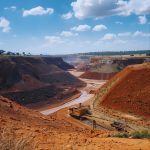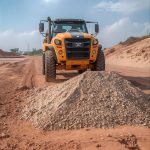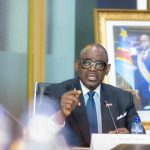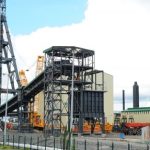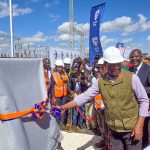The Democratic Republic of Congo (DRC) is setting its sights on a massive infrastructure overhaul—unveiling a bold $58 billion master plan aimed at transforming roads, agriculture, and logistics across the vast Central African nation. At the heart of this ambition is a landmark $500 billion mega-partnership with the United States, anchored in the country’s rich mineral resources.
The sweeping plan was revealed on May 27, 2025, by Minister of Foreign Trade Julien Paluku, during a high-level investment roundtable focused on national development priorities.
“We’re laying the groundwork for a new DRC,” said Paluku. “This plan focuses on strategic projects—from national and provincial roads to agricultural development—that will unlock long-term prosperity.”
Big Numbers, Bigger Vision
Paluku broke down the scale of the investment: building and upgrading roads alone could cost $20 billion, at an average of $1 million per kilometer. Meanwhile, deploying just $1,000 per hectare across DRC’s 80 million hectares of arable land could require another $80 billion.
“Our partnership with the U.S. is significant, but to truly tap our potential, we must scale up. Our mineral wealth is valued at $24 trillion. How do we ensure that value is reflected in our development?” he challenged the audience.
Mining for Development
The deal with the U.S. is rooted in access to DRC’s vast deposits of cobalt, copper, and other critical minerals—essential for the global green energy transition. But beyond extraction, the Congolese government is pushing to leverage this wealth to finance long-term infrastructure and diversify the economy.
Analysts view this as a strategic pivot: using global demand for minerals to fund roads, farms, and future industries.
“This could be DRC’s moment,” said a Kinshasa-based economist. “But it’s not just about big announcements—it’s about execution, governance, and local capacity.”
Africa’s Next Logistics and Agri Hub?
If implemented effectively, the master plan could transform DRC into a logistics powerhouse and agricultural breadbasket for Central Africa. With its geographic centrality and abundant land, the DRC has the potential to feed the region and serve as a trade corridor linking East, West, and Southern Africa.
But challenges remain. Experts warn that without clear priorities, transparency, and strong local partnerships, the plan risks being another grand vision that never gets off the ground.
“Success will depend on how well we connect the dots—from mineral wealth to roads, to farms, to markets,” the economist added.
Turning Trillions Into Tangible Change
As the DRC courts global investors and development partners, the message is clear: this isn’t just about mining. It’s about transforming the country’s future. With the right governance and people-centered planning, this plan could redefine not only the DRC, but the trajectory of infrastructure-driven development across Africa.

